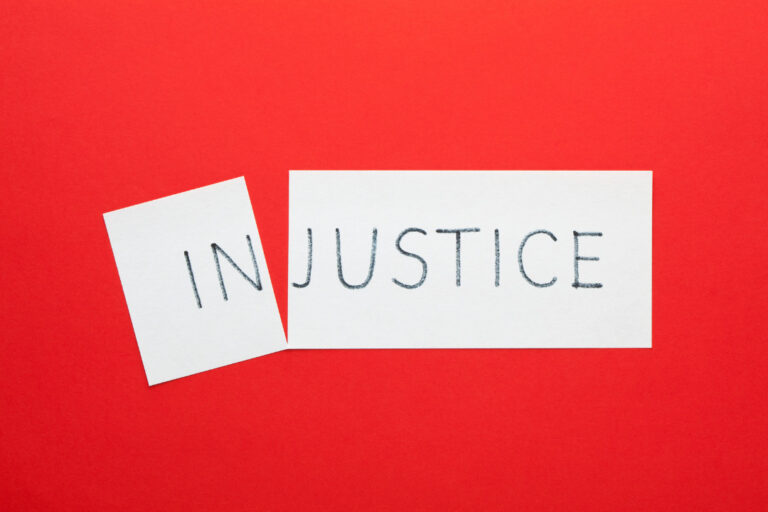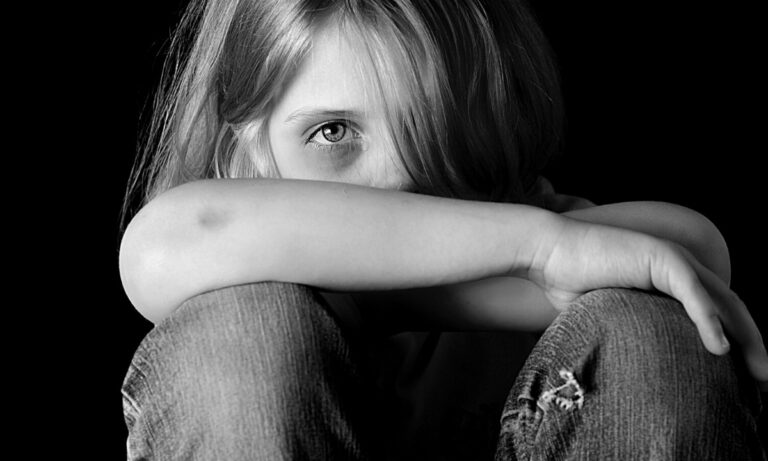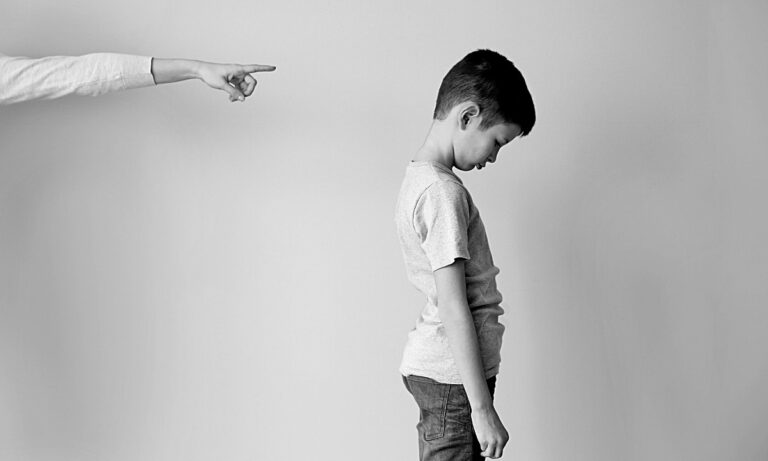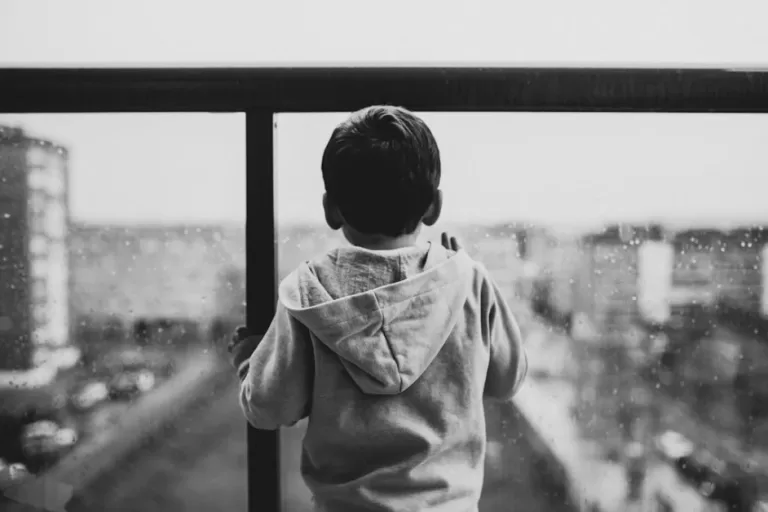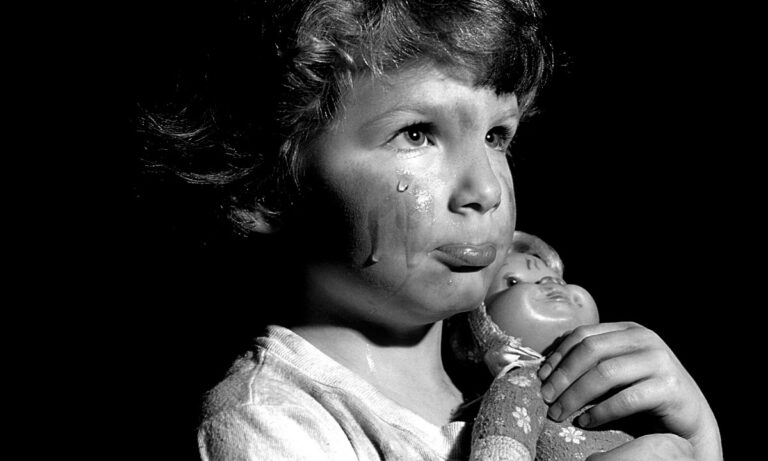The Collateral Damage of Fostering or Adopting
Despite the best intentions, there is often collateral damage amid fostering and adoption. It is not a common topic, but it is a needed discussion. Our mission is to “prevent harm” by helping families navigate these complex realities and prevent and minimize collateral damage from coming to their households. Over three years, we have collaborated with a diverse group of foster youth, adoptees, child welfare professionals, therapists, and those with lived experiences to create our core content. Furthermore, the complexities of fostering and adopting require a diverse perspective. This article and many others have been written from these various perspectives and collaborative discussions.
To clarify, the definition of collateral damage is forms of damage, including deaths and injuries that result from fighting in a war but happen to people, not in the military. We are not using the phrase lightly or with exaggeration. The phrasing “collateral damage of fostering and adopting” is vital because the reality of loving children from hard places is intense. It is a fight for the trajectory of a child’s life; it is a battle both in the spirit and the natural. Often families believe that the fight for a child’s life is only till adoption day. It is a battle that is just getting started. Instead of a struggle with a broken system and the future of the child’s life, it will now be for the child’s heart and wholeness.
Our goal is not to provide you with cookie-cutter answers. But, guidance and wisdom, so you can reflect and find peace in your decisions amid complex realities. We humbly submit the following to you, not from criticism of where you are in your journey, but from an intense desire for everyone to have peace, joy, and love that enriches your lives:
No One is Immune to Collateral Damage
Fostering and adopting are highly emotional journeys. Often those with childhood trauma find themselves with a strong desire to foster or adopt, a beautiful reason to engage and help. However, it can easily be a stumbling block when your emotional needs or pain become the focus of the process. We have witnessed the dynamic blindside of even the most experienced or professional individuals. Years go by, and their marriage, children, and emotional health are in disarray. Watching this collateral damage is heartbreaking.
Often these families are amazing people with huge hearts to help, but they get swept up in a highly emotional and complex situation, which harms them. None of us are immune to this reality. We must humble ourselves to the fact that no human being can fix the broken realities of these children’s lives. Some simple important truths can help safeguard your family through the process. All you can do is love and serve, but every child will need a bigger and better superhero!
We are not the Superheroes of the Child’s Story.
Being a foster or adoptive parent is NOT about being a superhero; it IS about being a servant! Jesus wants to be the hero of each child’s story! When we try to be the superhero, we often get in the way of the ideal outcome God wants. It is too big for any human being; we cannot fix a child or a situation. We open our hearts and homes because a child needs love, care, safety, and protection. Standing in the gap as an advocate between heaven and earth. We believe it can set the child’s life trajectory on a course designed by God.
Being a foster or adoptive parent is NOT about sacrificing your family on the altar of good intentions. It will require setting boundaries, limitations, and expectations, and there will be an expiration date. That does not mean that you are not loving or not willing to help. It means you are realistic about what you and your family can do. Understanding upfront that the need is far greater than your ability to help will be essential to making peace-filled decisions that produce realistic expectations and fruitful outcomes.
Don’t Force it if it Doesn’t Fit
Sometimes children don’t “fit” well with your family. Many loving foster and adoptive families and the children in their care face this brutal reality. When a placement doesn’t work out, that doesn’t mean anything is wrong with the child or your family. Sometimes it simply isn’t the best fit. Countless times, families have been forced into a situation they knew was not a good fit, and the collateral damage to their families and the child they were trying to help was severe.
Sometimes, children with extensive and severe trauma do best in households with no other children or much older children. This provides an environment with no direct competition for their needs, often resulting from severe neglect. When a child has had to live in survival mode, anyone who threatens their basic needs can become an enemy. Children with this level of trauma need extensive therapeutic services and every adult in the family to be trauma trained. It is a significant commitment by the foster/adoptive parents, one that can be amazing with the right family dynamics. This commitment is so intense it will require unity among the parents and all age-appropriate individuals in the household.
Am I Ready to Foster or Adopt a Child?
Through our free downloadable guide, we will walk you through the most common and complex questions families have. No matter the need, this is a big decision that will impact every member of your family in some way. Get your questions answered from the collective perspectives of former foster youth, foster parents, and child welfare professionals.

